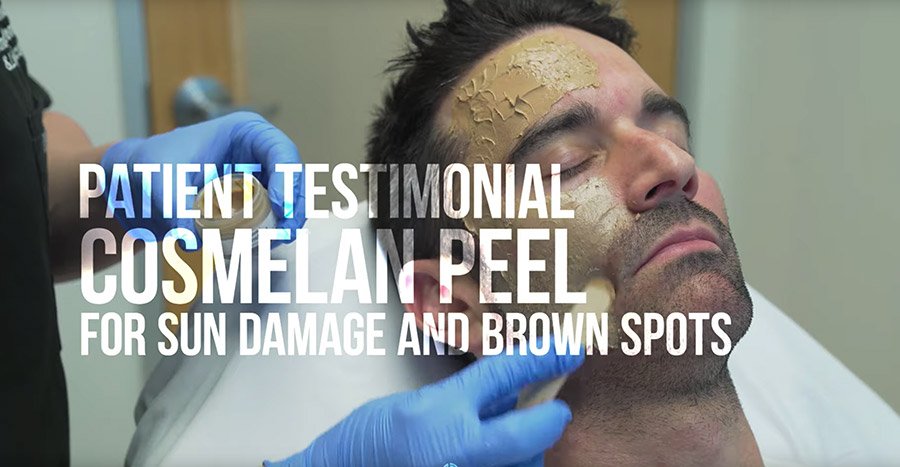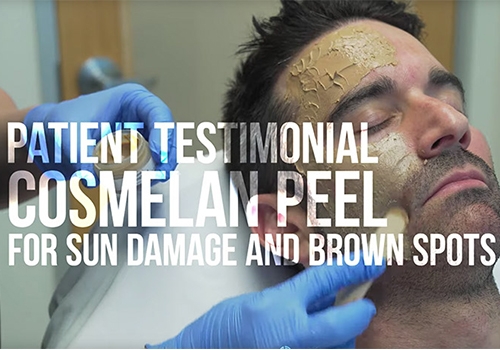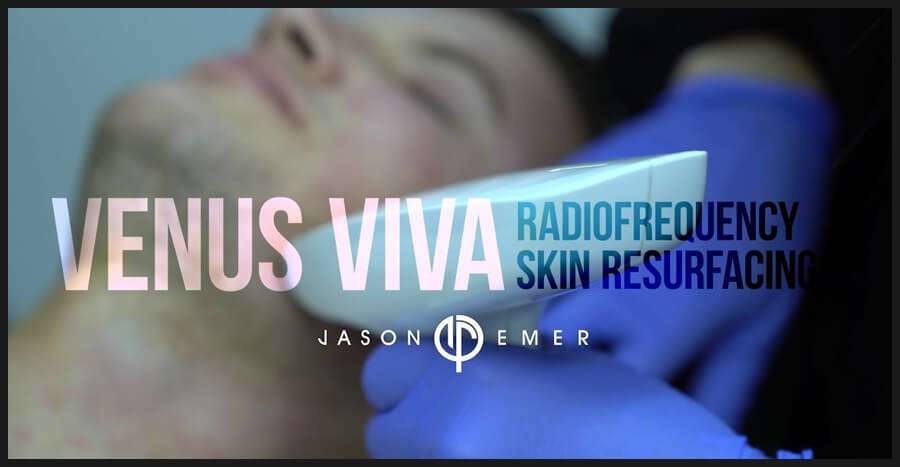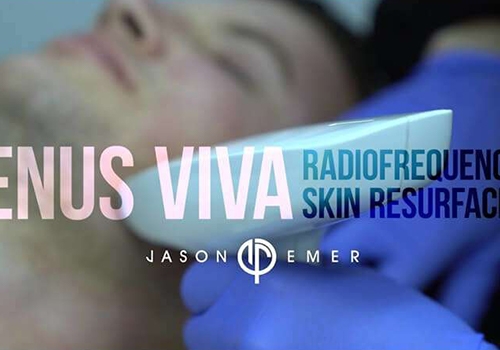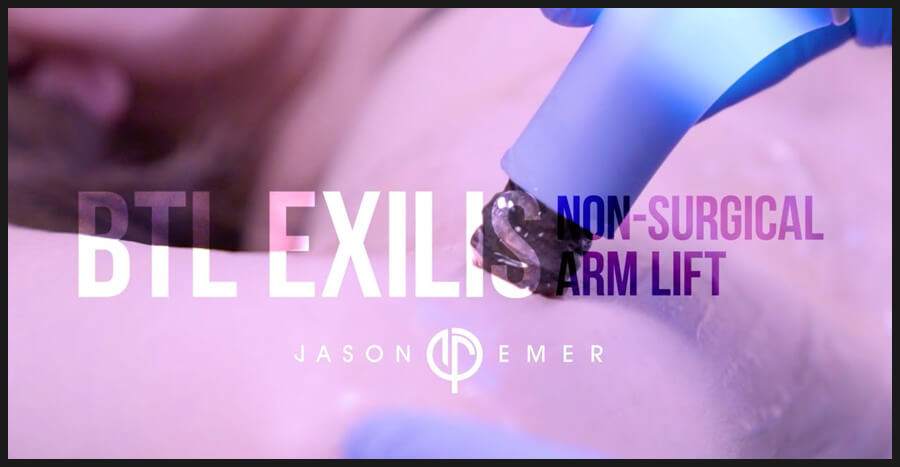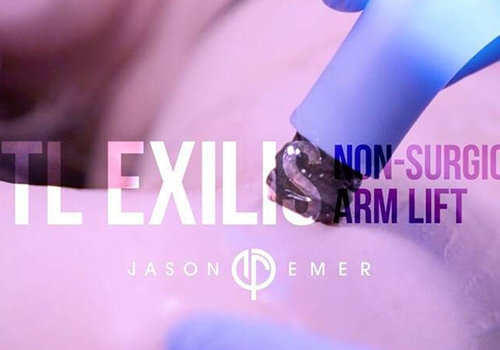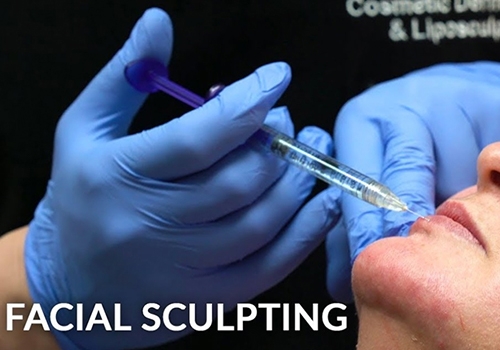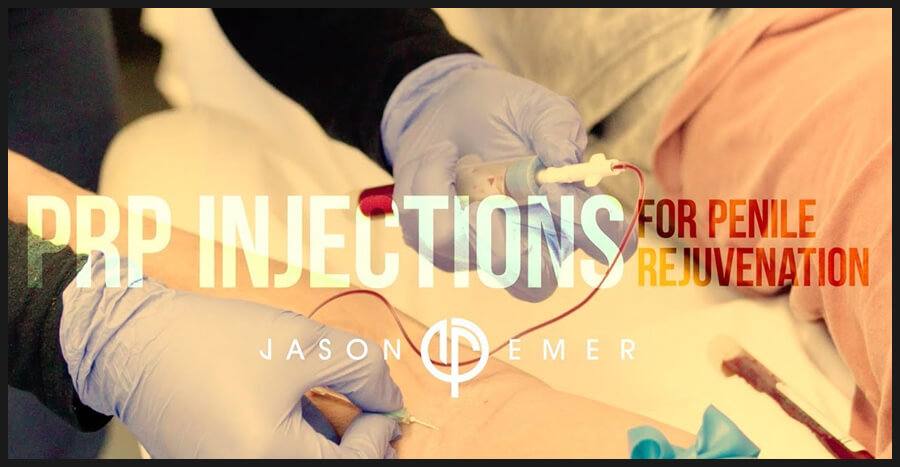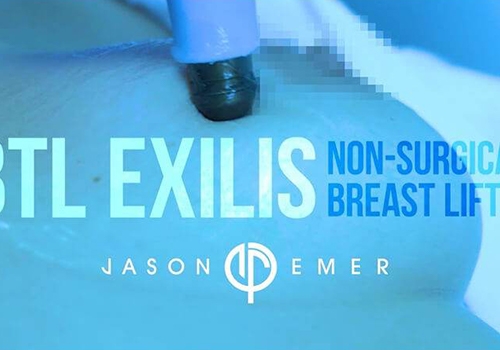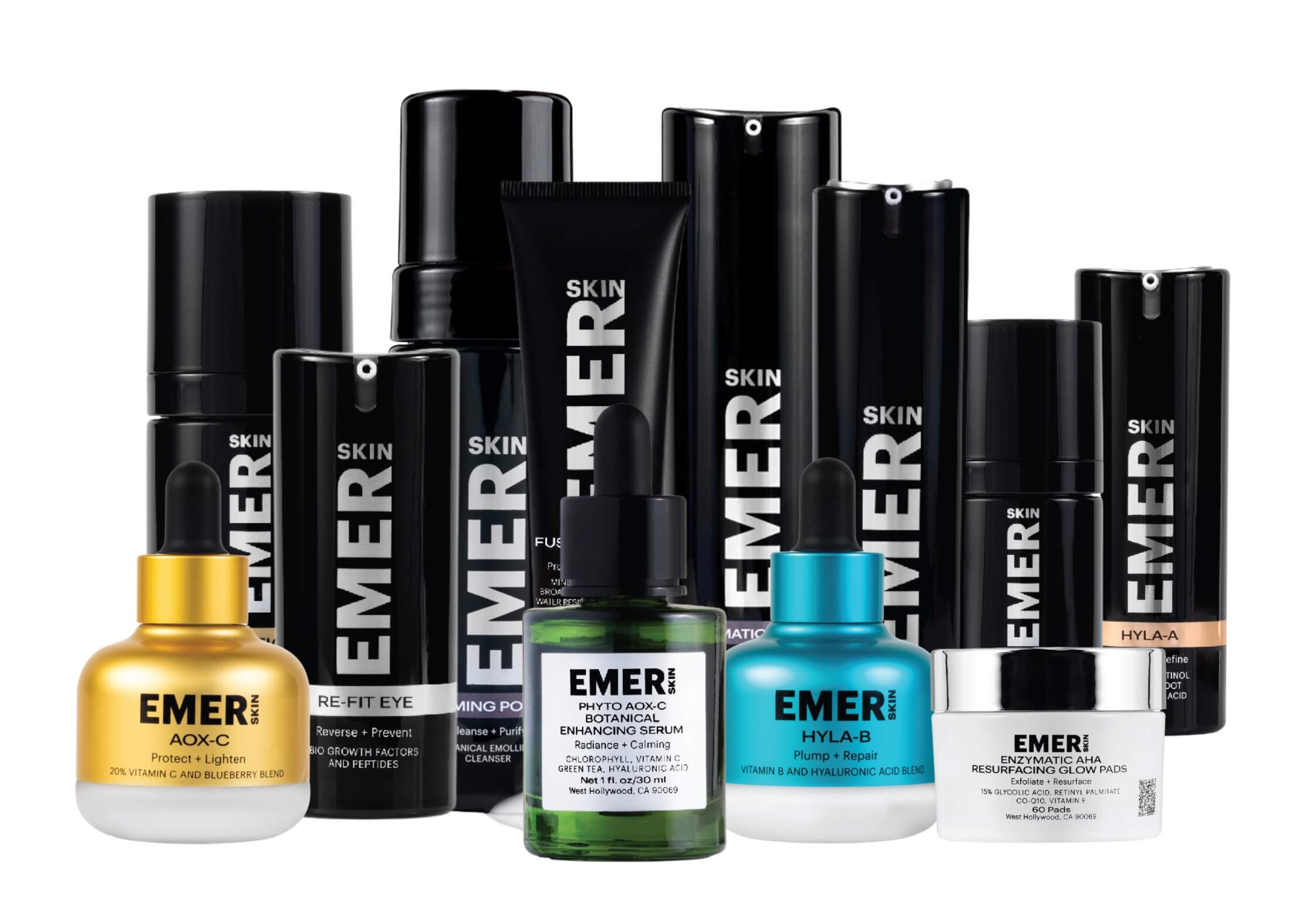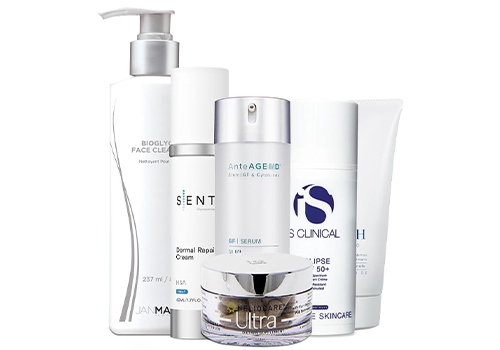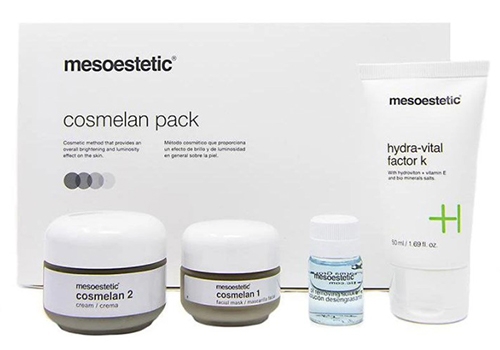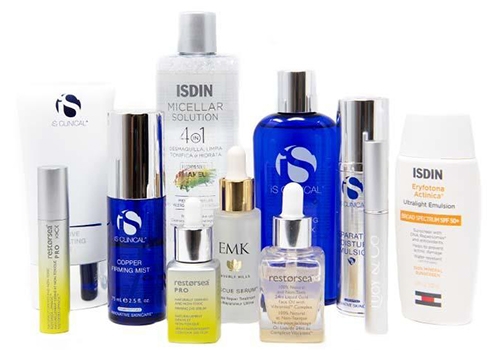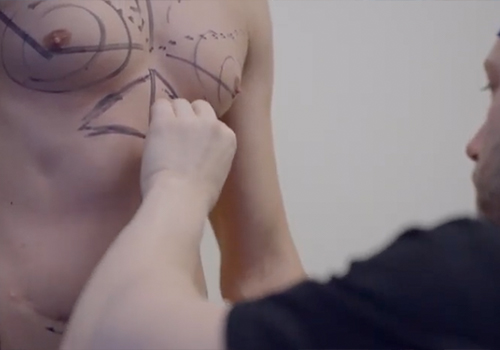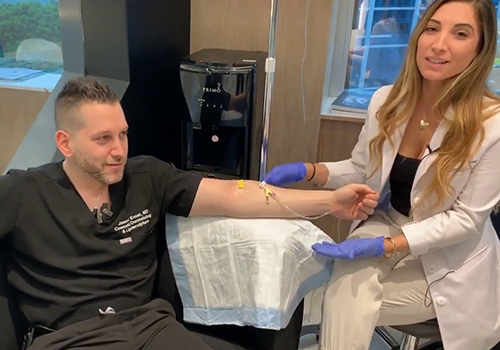Acne scars are formed when acne blemishes heal abnormally, leaving depressions (pitted scars), raised bumps (hypertrophic scars), or rolling scars on the skin. The severity of scarring depends on the depth and severity of the original acne lesions and individual healing tendencies.
Causes: Several factors contribute to acne scar formation, including:
- Severity of acne: Deeper, more inflamed
- Acne Scars (Mild to Moderate) (continued)
- Severity of acne (continued): Deeper, more inflamed acne lesions are more likely to leave scars.
- Picking at pimples: Picking or popping pimples can worsen inflammation and increase the risk of scarring.
- Individual skin type: People with oily or thicker skin are more prone to developing keloid scars (raised, thickened scars).
Treatments: Several options can improve the appearance of mild to moderate acne scars. These include:
- Topical retinoids: Creams or gels containing retinoids can help stimulate collagen production and improve the appearance of shallow scars.
- Chemical peels: Chemical peels remove the outer layer of skin, promoting smoother texture and reducing the appearance of shallow scars.
- Microneedling: This minimally invasive procedure creates tiny punctures in the skin, triggering collagen production and improving scar texture.
- Laser resurfacing: Different laser treatments can target and improve the appearance of various types of acne scars.
- Dermal fillers: Fillers can be injected to fill in depressed acne scars.
Disclaimer: The effectiveness of treatments for acne scars varies depending on the type and severity of scarring. While some treatments can significantly improve their appearance, complete scar removal might not always be achievable. Consulting a dermatologist for evaluation and a personalized treatment plan is crucial for managing acne scars.
